Home>Storage & Organization>Office & Desk Organizers>How To Organize Computer Cables
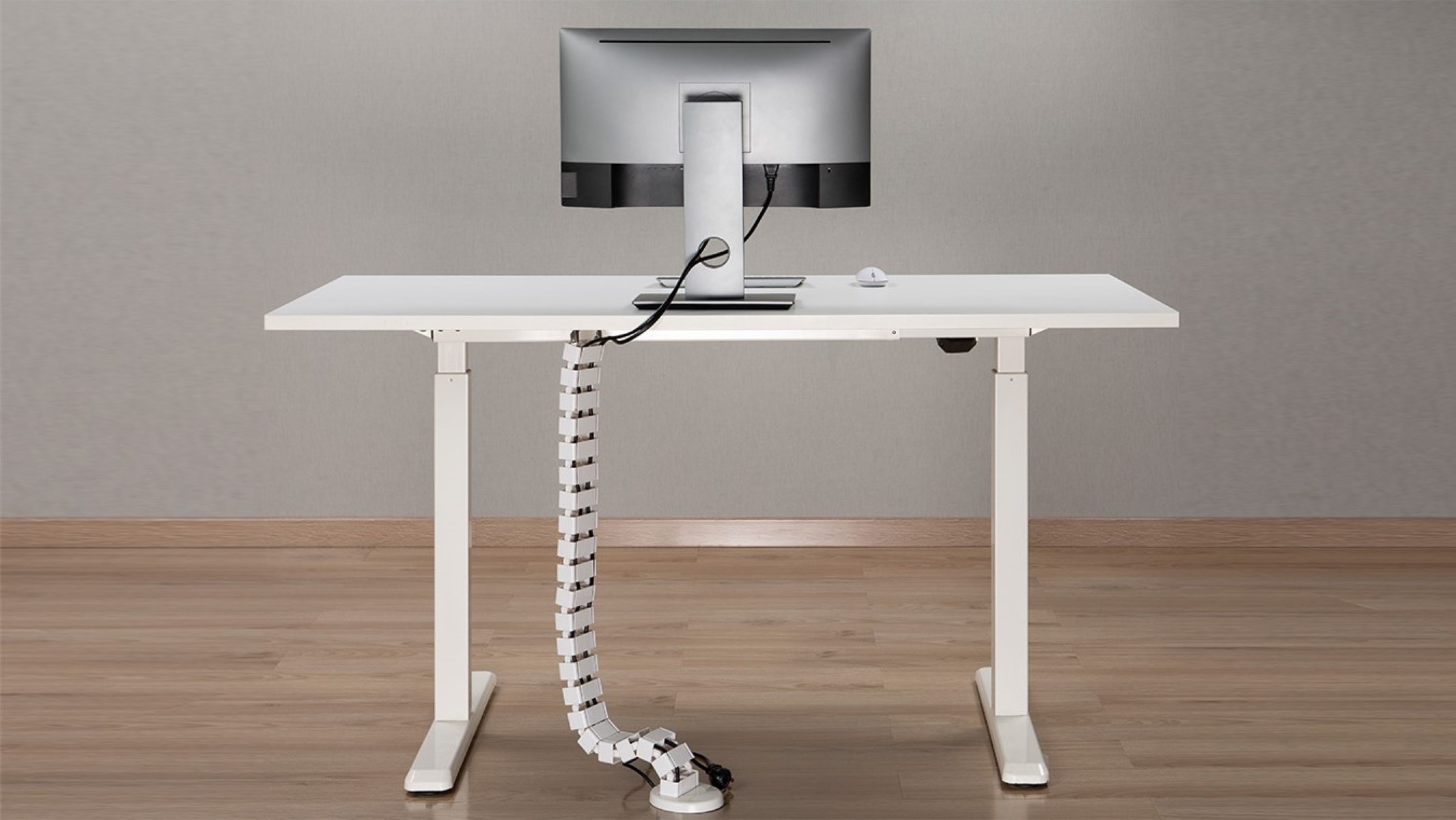

Office & Desk Organizers
How To Organize Computer Cables
Published: March 2, 2024
Learn how to efficiently organize computer cables with our office and desk organizers. Say goodbye to tangled cords and messy workspaces today!
(Many of the links in this article redirect to a specific reviewed product. Your purchase of these products through affiliate links helps to generate commission for Storables.com, at no extra cost. Learn more)
Introduction
Are you tired of dealing with a tangled mess of computer cables at your workspace? If so, you're not alone. Keeping your cables organized not only makes your workspace look neater but also helps you stay more productive. In this article, we'll explore some practical tips and tricks to help you effectively organize your computer cables. Whether it's at your home office or your gaming setup, these strategies will help you say goodbye to cable chaos and hello to a tidy and efficient workspace.
Key Takeaways:
- Say goodbye to cable chaos by decluttering, sorting, and labeling your computer cables. Utilize cable management tools to create a tidy and efficient workspace, reducing hazards and enhancing productivity.
- Implement a comprehensive cable management system with centralized routing, color-coding, and regular maintenance. Enjoy a visually appealing workspace that promotes focus and efficiency while minimizing cable-related frustrations.
Read more: How To Store Computer
Decluttering Your Workspace
Decluttering your workspace is the first step to achieving a well-organized cable management system. Here are some tips to help you get started:
-
Clear Out Unnecessary Items: Begin by removing any unnecessary items from your workspace. This includes old cables, adapters, and electronic devices that you no longer use. By decluttering your space, you'll have a clearer view of the cables that need to be organized.
-
Invest in Cable Organizers: Consider investing in cable organizers such as cable clips, ties, or sleeves. These tools can help keep your cables neatly in place and prevent them from tangling.
-
Use Vertical Space: Utilize vertical space by mounting power strips and surge protectors on the underside of your desk or on the wall. This not only frees up desk space but also keeps the cables off the floor, reducing the risk of tripping hazards.
-
Labeling: Labeling cables can also help you identify them easily. Use cable tags or labels to mark each cable with its corresponding device or function. This simple step can save you time and frustration when you need to make adjustments or troubleshoot.
By decluttering your workspace and implementing these strategies, you'll create a clean and organized environment for managing your computer cables effectively.
Sorting and Labeling Cables
When it comes to managing computer cables, sorting and labeling are essential steps to maintain order and efficiency. Here's how you can tackle this task effectively:
-
Sort by Device or Function: Begin by sorting your cables based on the devices they are connected to or their specific function. For example, separate the power cables from the data cables and group them accordingly. This initial sorting will make it easier to identify and manage the cables when needed.
-
Use Cable Ties or Velcro Straps: Once sorted, use cable ties or velcro straps to bundle the cables together. This not only prevents tangling but also allows for easier handling and maintenance. Be sure not to cinch the ties too tightly to avoid damaging the cables.
-
Labeling: Labeling the cables is a crucial step in the organization process. Use color-coded cable ties or labels to distinguish between different types of cables. You can also use cable tags or labels to mark each cable with the name of the device it connects to or its specific function. This simple yet effective method will save you time and frustration when you need to identify or troubleshoot a specific cable.
-
Cable Identification: For a more advanced approach, consider using cable identification systems that provide a unique identifier for each cable. This can be particularly useful in complex setups where numerous cables are interconnected. Utilizing a cable identification system streamlines maintenance, repairs, and upgrades, as you can easily trace and manage each cable within the system.
By sorting and labeling your cables systematically, you'll not only maintain a tidy and organized workspace but also streamline the process of managing and troubleshooting your computer cables.
Use cable ties or Velcro straps to group cables together and keep them organized. Label each cable with tags or colored tape for easy identification.
Using Cable Management Tools
Cable management tools are essential for keeping your computer cables organized and tangle-free. Here are some effective tools and techniques to help you manage your cables with ease:
-
Cable Clips and Organizers: Cable clips and organizers are simple yet effective tools for securing cables to the surface of your desk or along the edges. These clips come in various sizes and designs, allowing you to route and secure cables neatly, preventing them from tangling or becoming a tripping hazard.
-
Cable Ties and Velcro Straps: Cable ties and velcro straps are versatile tools for bundling and securing cables together. They are adjustable and reusable, making them ideal for organizing cables of different lengths and thicknesses. By using these tools, you can create tidy bundles of cables, making it easier to manage and maintain your workspace.
-
Cable Sleeves and Wire Management Boxes: Cable sleeves and wire management boxes are excellent solutions for concealing and organizing multiple cables. The sleeves can be zipped up to encase a cluster of cables, providing a clean and streamlined appearance. Wire management boxes are designed to hold power strips and excess cables, keeping them out of sight and minimizing clutter.
-
Cable Labels and Tags: Labeling your cables is crucial for easy identification and maintenance. Cable labels and tags allow you to mark each cable with the name of the device it connects to or its specific function. Color-coded labels can also be used to distinguish between different types of cables, simplifying the process of tracing and managing the cables within your setup.
-
Cable Management Channels and Raceways: Cable management channels and raceways are designed to route cables along walls or baseboards, keeping them organized and out of the way. These tools are particularly useful for home offices and entertainment setups where multiple cables need to be routed from various devices to a central location.
By utilizing these cable management tools, you can effectively organize and maintain your computer cables, creating a tidy and efficient workspace while reducing the risk of cable damage and hazards.
Creating a Cable Management System
Creating a comprehensive cable management system is crucial for maintaining an organized and efficient workspace. Here's how you can establish a robust cable management system for your computer cables:
-
Centralized Cable Routing: Begin by identifying a central location for routing and managing your cables. This could be behind your desk, along a wall, or within a dedicated cable management box or tray. By centralizing the cable routing, you can minimize clutter and ensure that all cables are neatly organized and accessible.
-
Color-Coding and Labeling: Implement a color-coding and labeling system to distinguish between different types of cables. Use colored cable ties, labels, or tags to identify cables associated with specific devices or functions. This visual identification method simplifies cable tracing and maintenance, especially in setups with numerous interconnected cables.
-
Cable Length Management: Manage the lengths of your cables to avoid excessive slack or tautness. Utilize cable management tools such as adjustable cable ties, velcro straps, or cable sleeves to bundle and secure cables of appropriate lengths. This not only reduces clutter but also minimizes the risk of cable damage or tripping hazards.
-
Cable Management Accessories: Invest in cable management accessories such as cable trays, raceways, and clips to keep cables organized and out of the way. Cable trays can be mounted under desks to hold and route cables, while raceways provide a sleek and discreet solution for concealing cables along walls or baseboards. Additionally, cable clips can be used to secure cables to the edges of desks or other surfaces, preventing them from tangling or becoming a nuisance.
-
Regular Maintenance and Adjustments: Schedule regular maintenance sessions to inspect and adjust your cable management system. Over time, cables may need to be rerouted, replaced, or reorganized to accommodate changes in your setup. By staying proactive with maintenance, you can ensure that your cable management system remains effective and sustainable.
By implementing these strategies, you can create a comprehensive cable management system that promotes organization, accessibility, and safety within your workspace. A well-managed cable system not only enhances the visual appeal of your setup but also contributes to a more productive and efficient working environment.
Read more: How To Store A Computer
Conclusion
In conclusion, organizing your computer cables is a crucial aspect of maintaining a tidy and efficient workspace. By implementing the strategies and techniques outlined in this article, you can effectively declutter your workspace, sort and label your cables, utilize cable management tools, and create a comprehensive cable management system. These efforts not only contribute to a visually appealing workspace but also enhance productivity and safety by reducing the risk of cable-related hazards.
Remember, the key to successful cable organization lies in consistency and regular maintenance. By staying proactive and making adjustments as needed, you can ensure that your cable management system remains effective and sustainable in the long run. With a well-organized cable setup, you can say goodbye to the frustration of tangled cables and hello to a clean, streamlined workspace that promotes focus and efficiency.
Frequently Asked Questions about How To Organize Computer Cables
Was this page helpful?
At Storables.com, we guarantee accurate and reliable information. Our content, validated by Expert Board Contributors, is crafted following stringent Editorial Policies. We're committed to providing you with well-researched, expert-backed insights for all your informational needs.


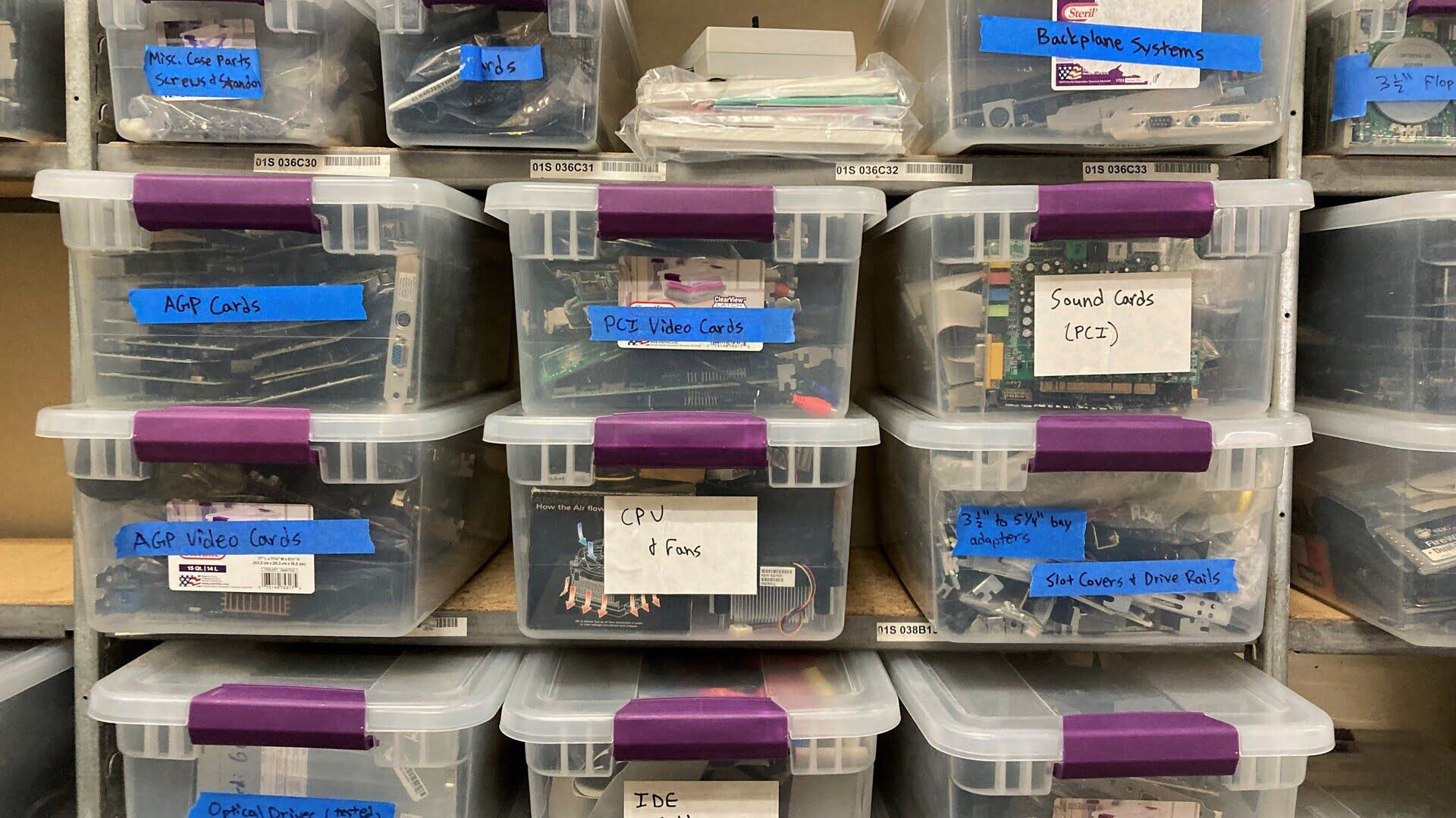
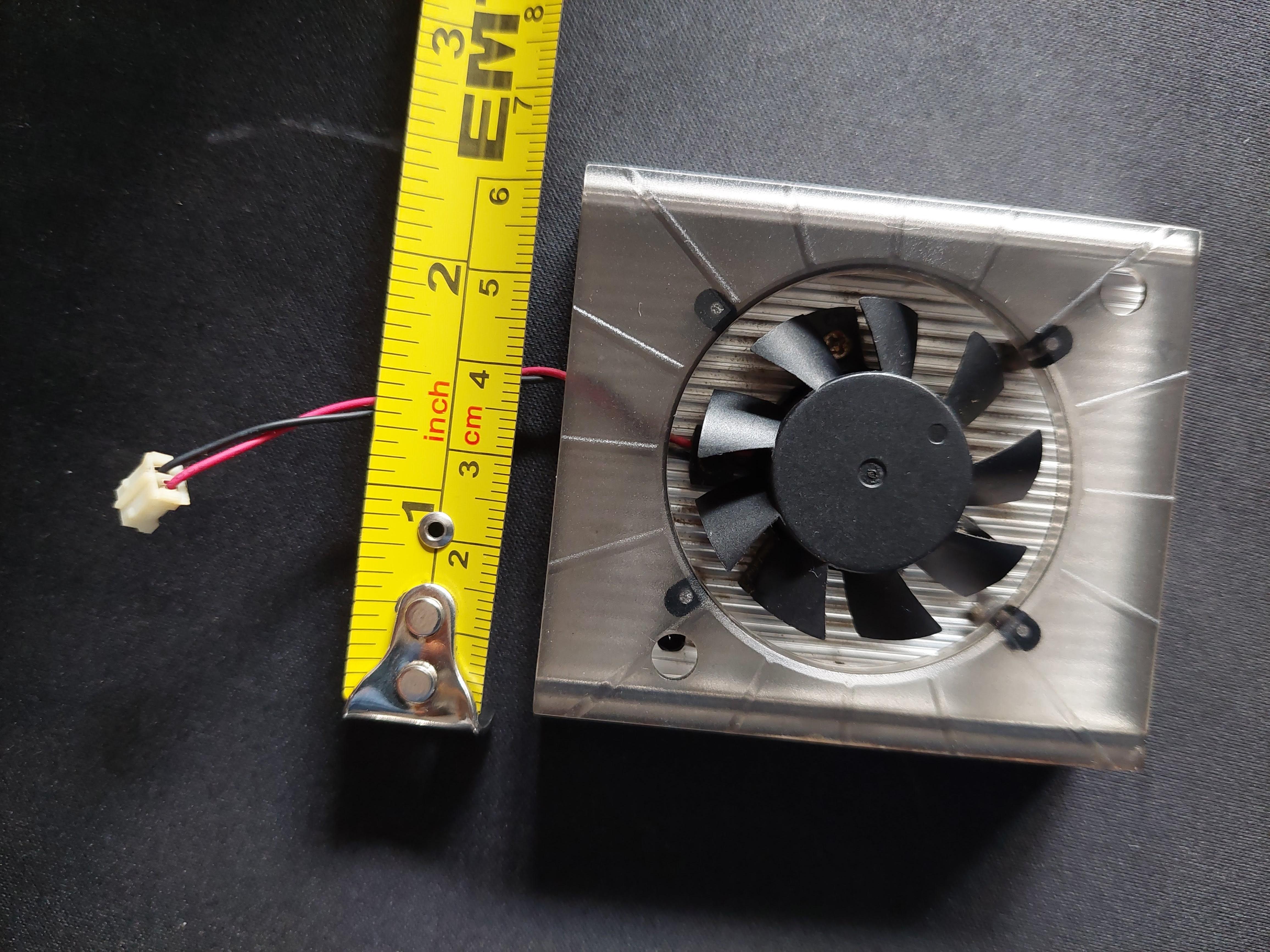
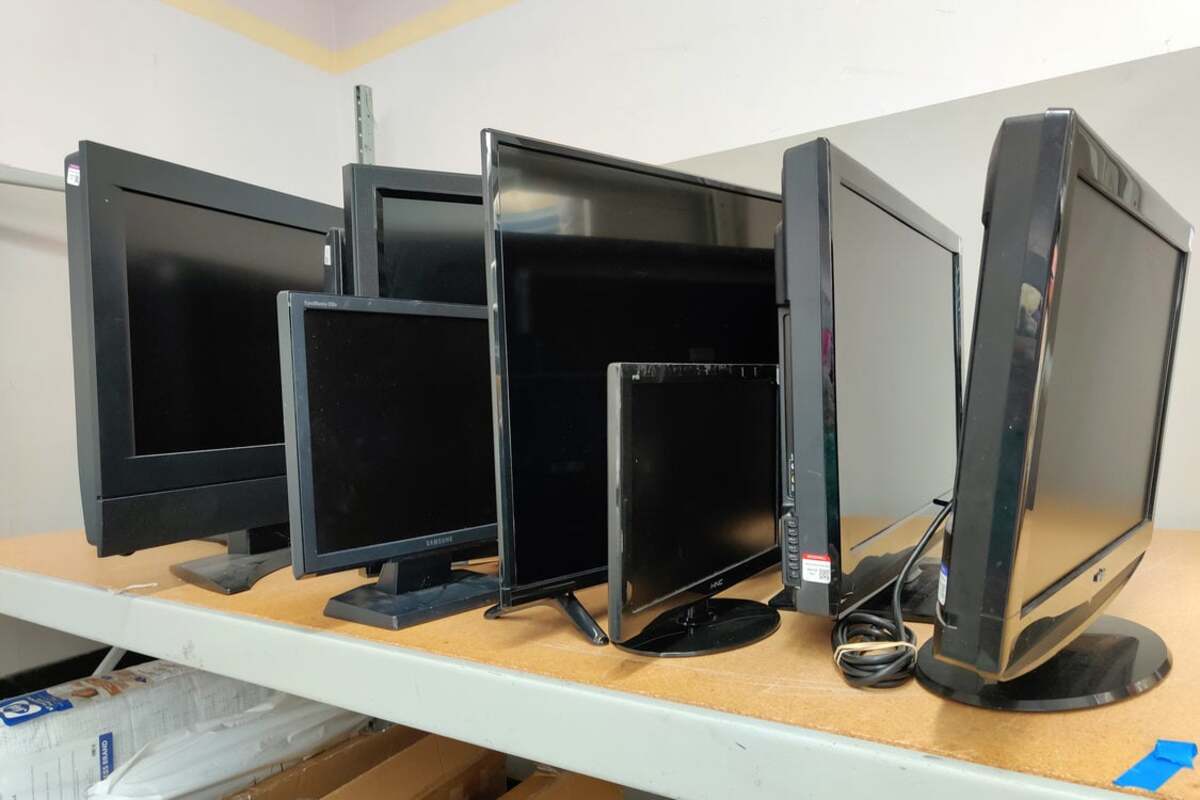
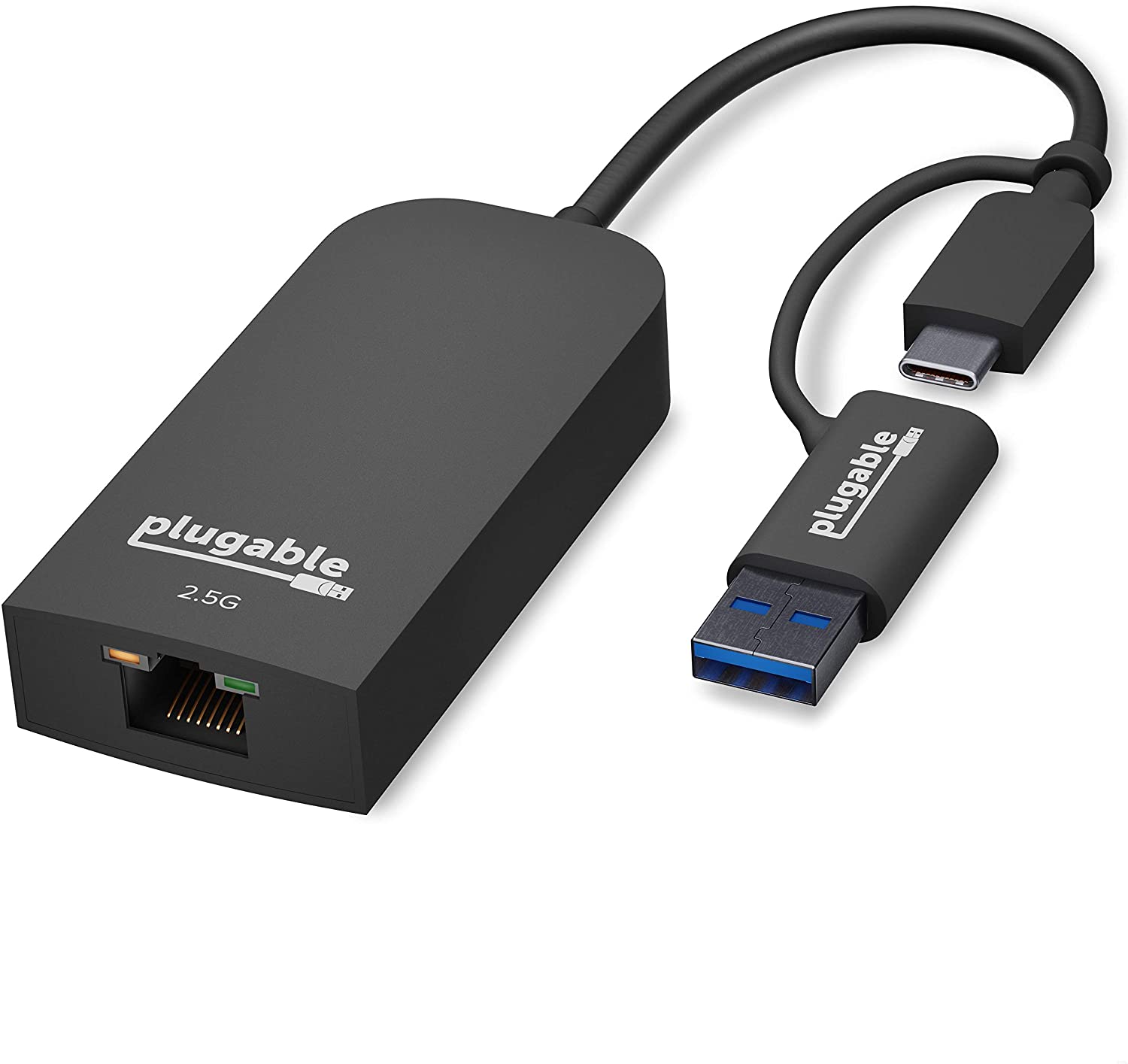
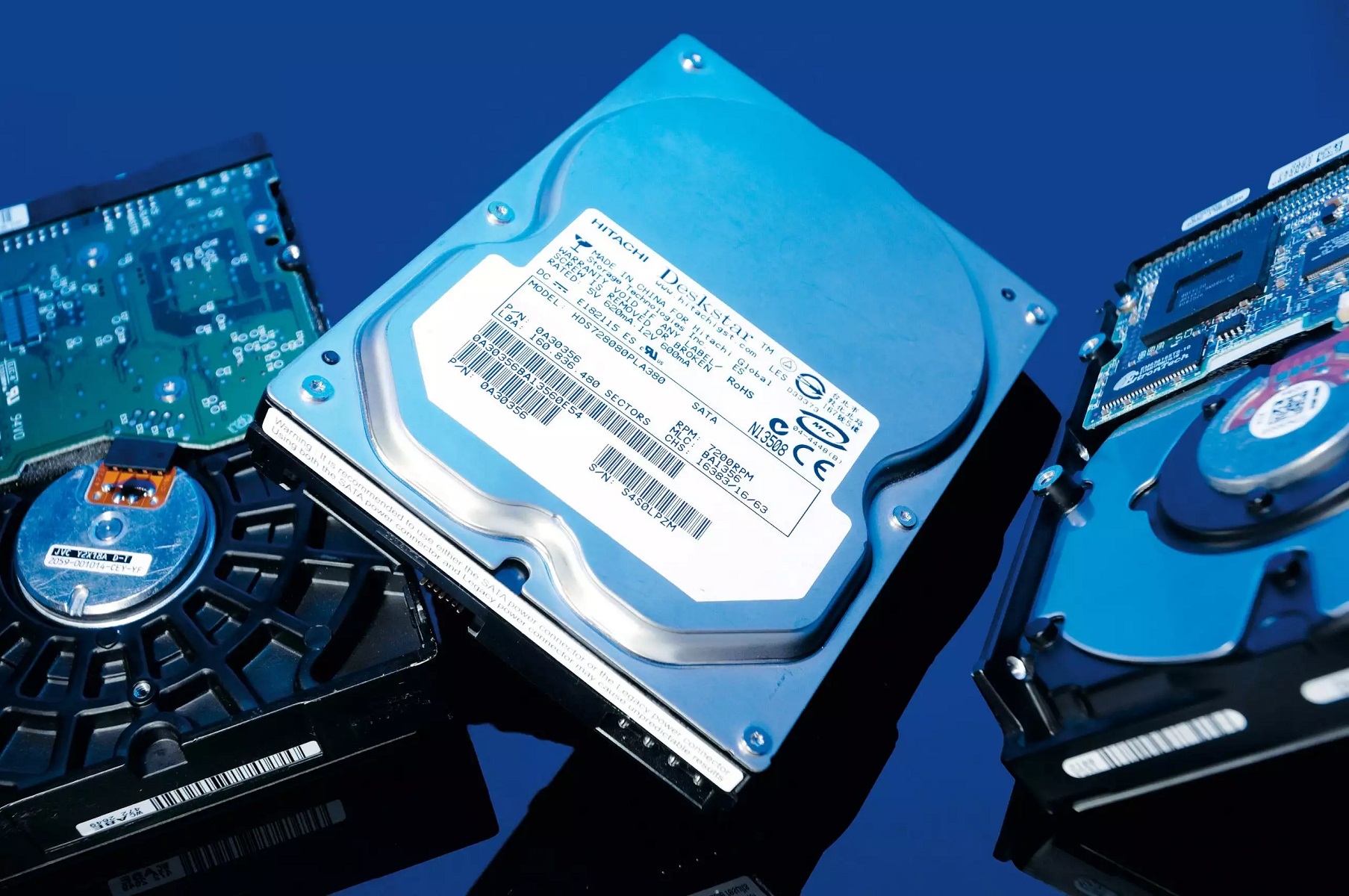
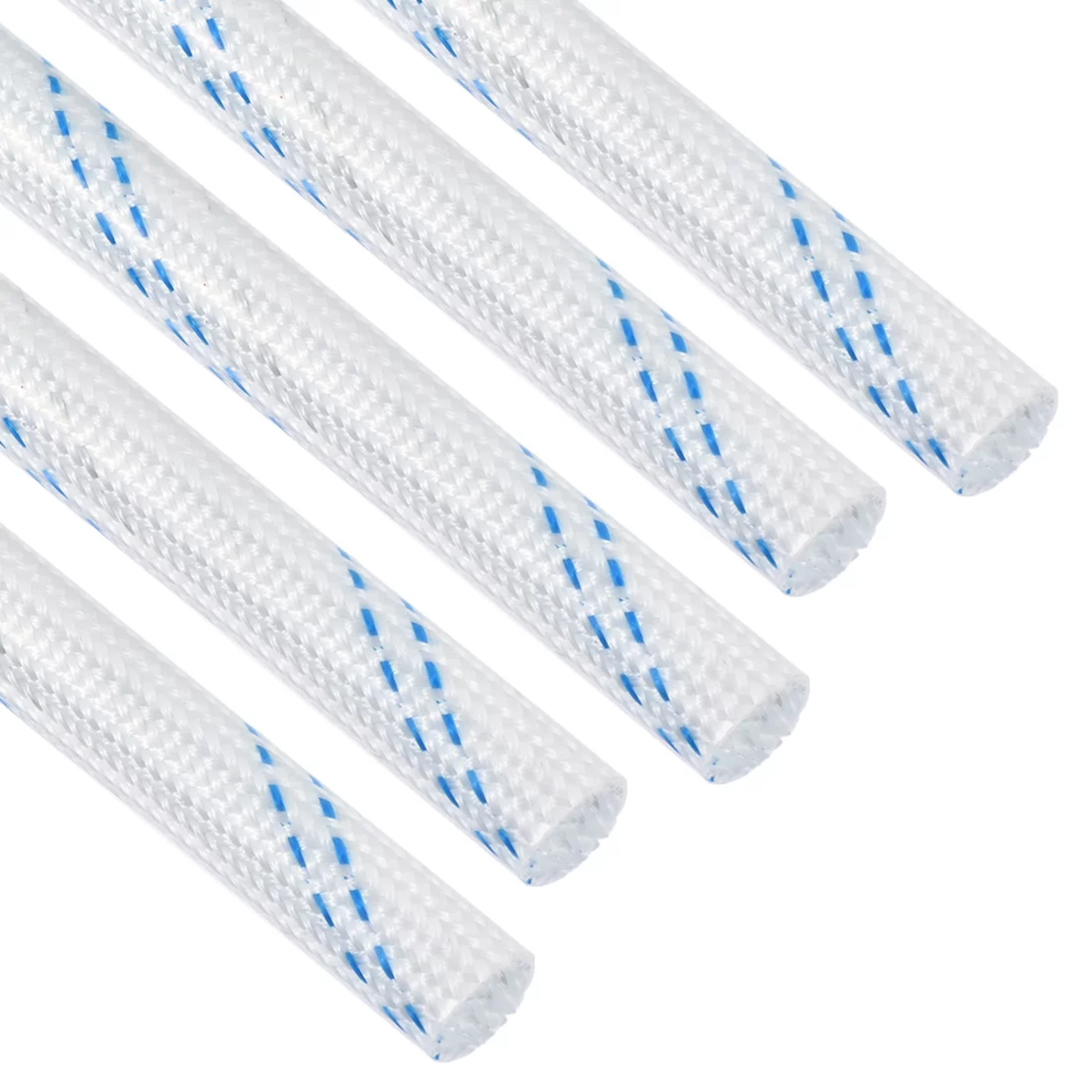
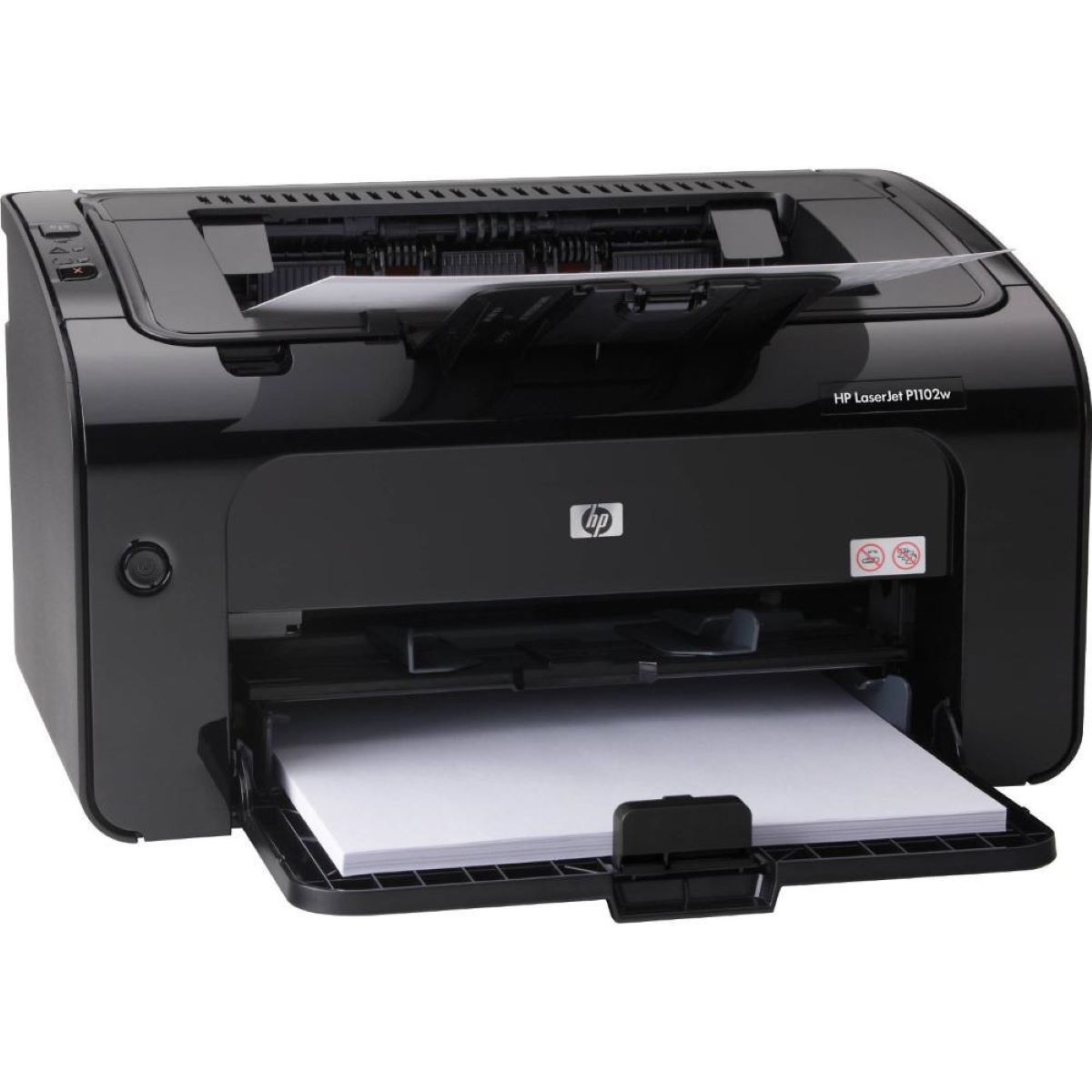
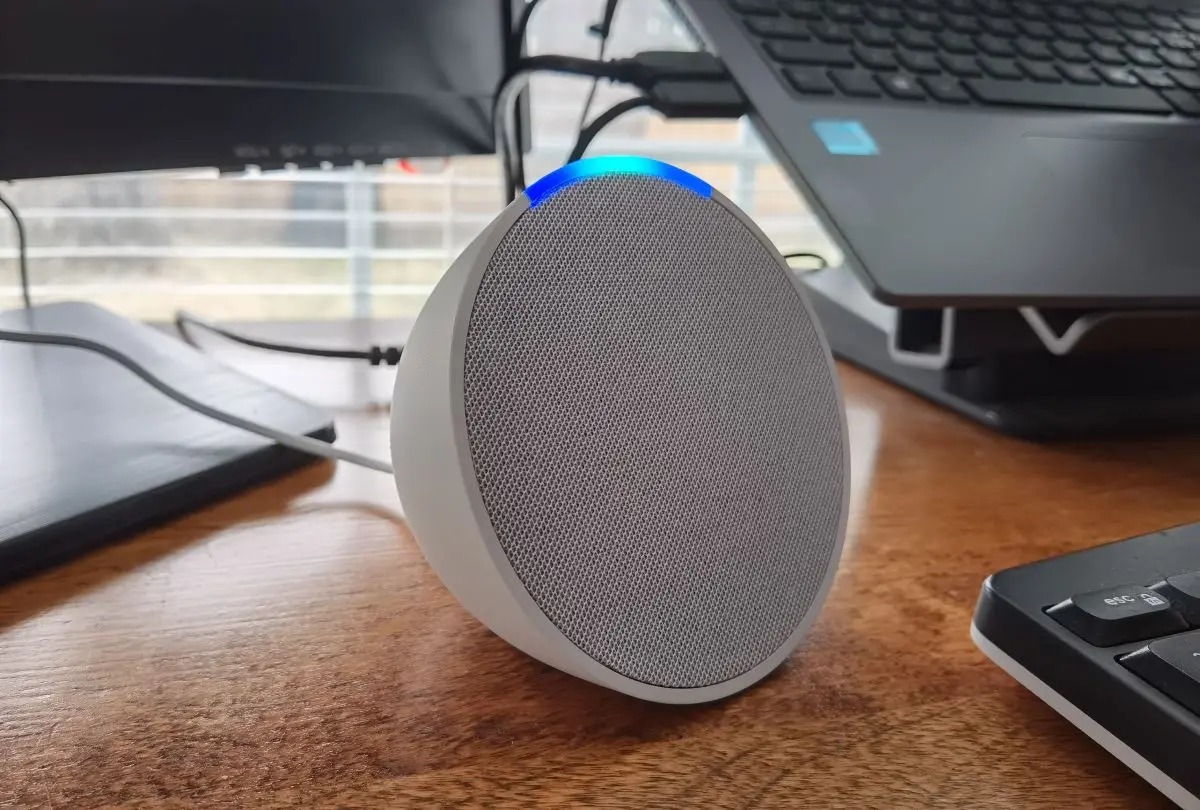

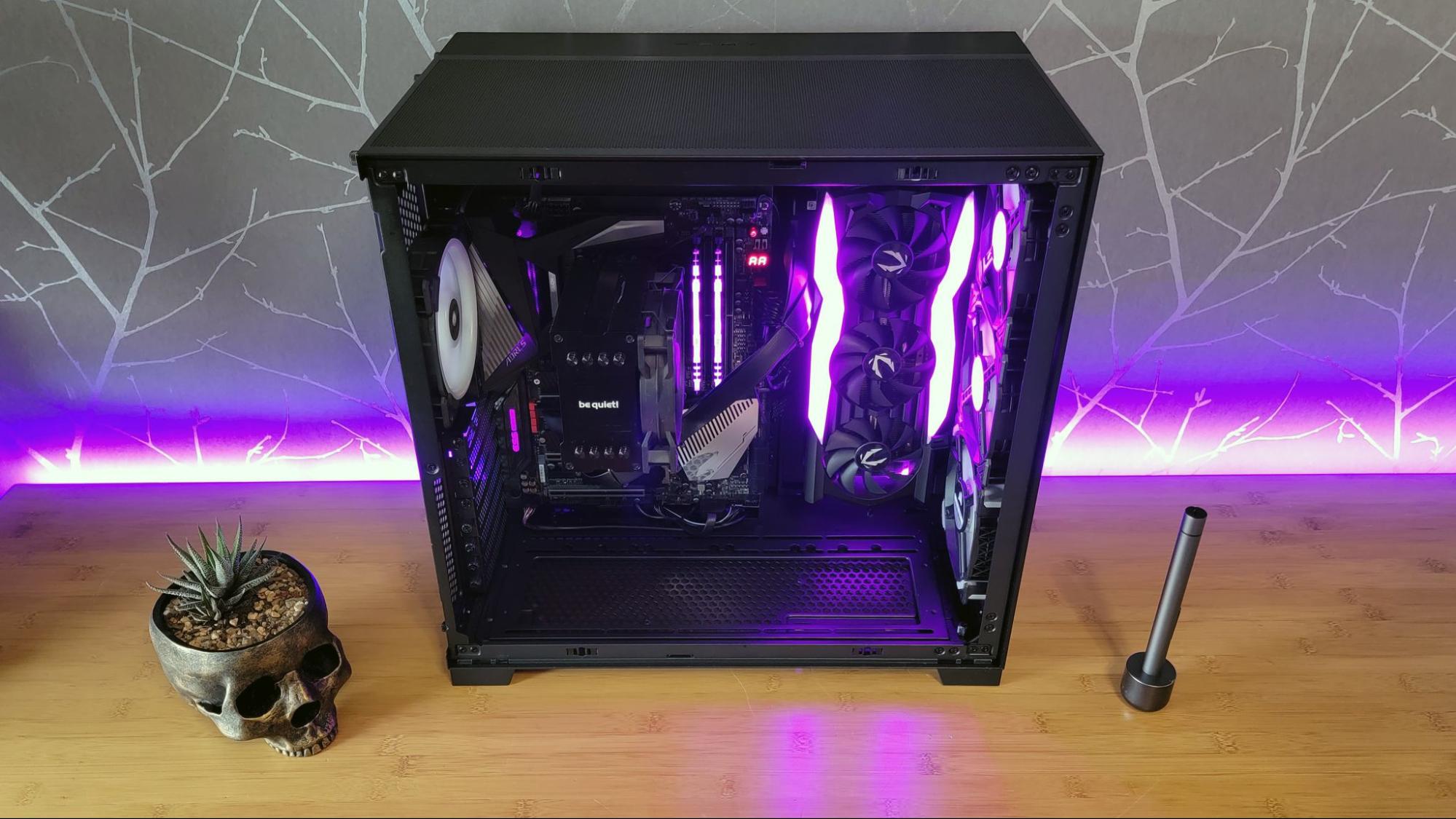
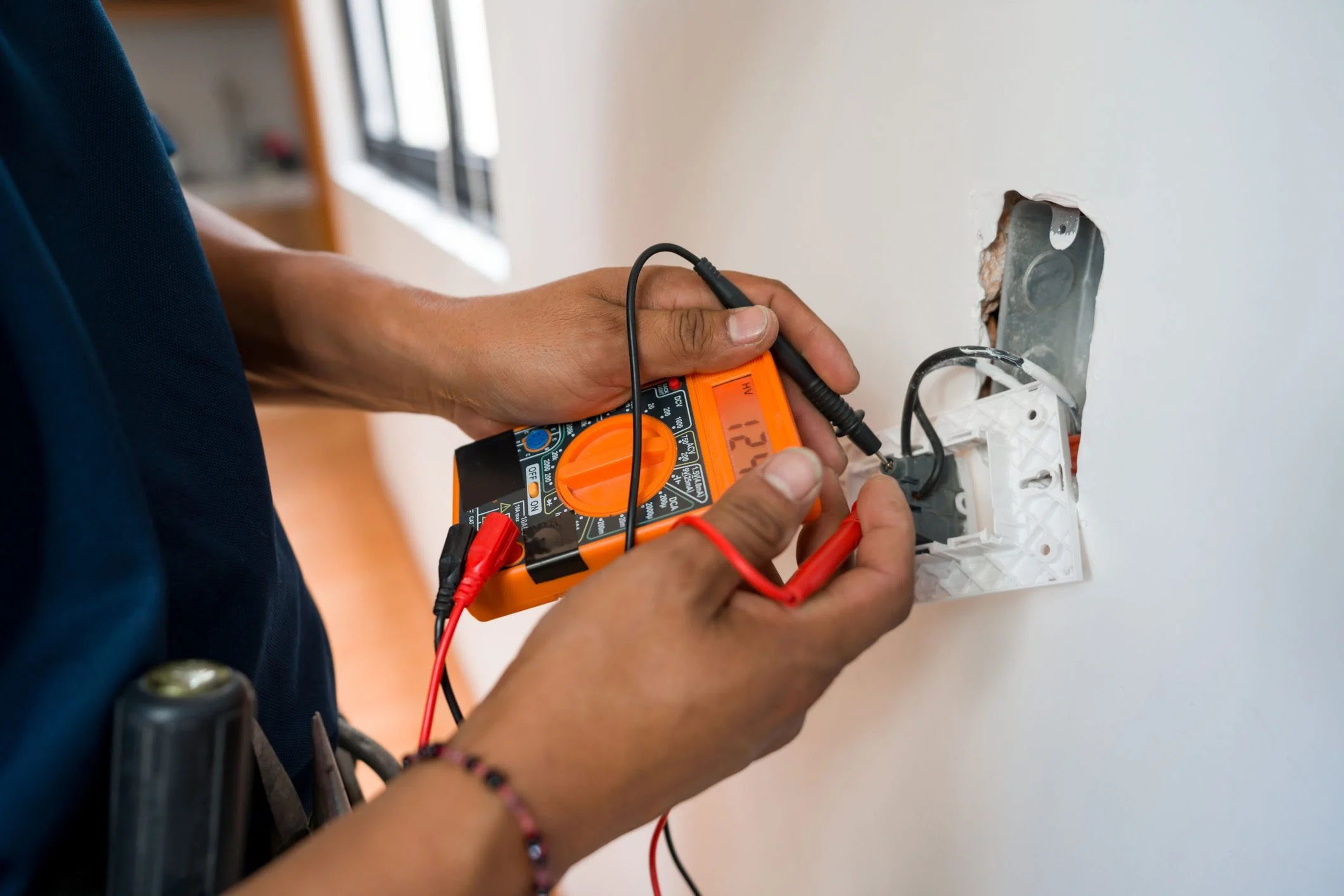
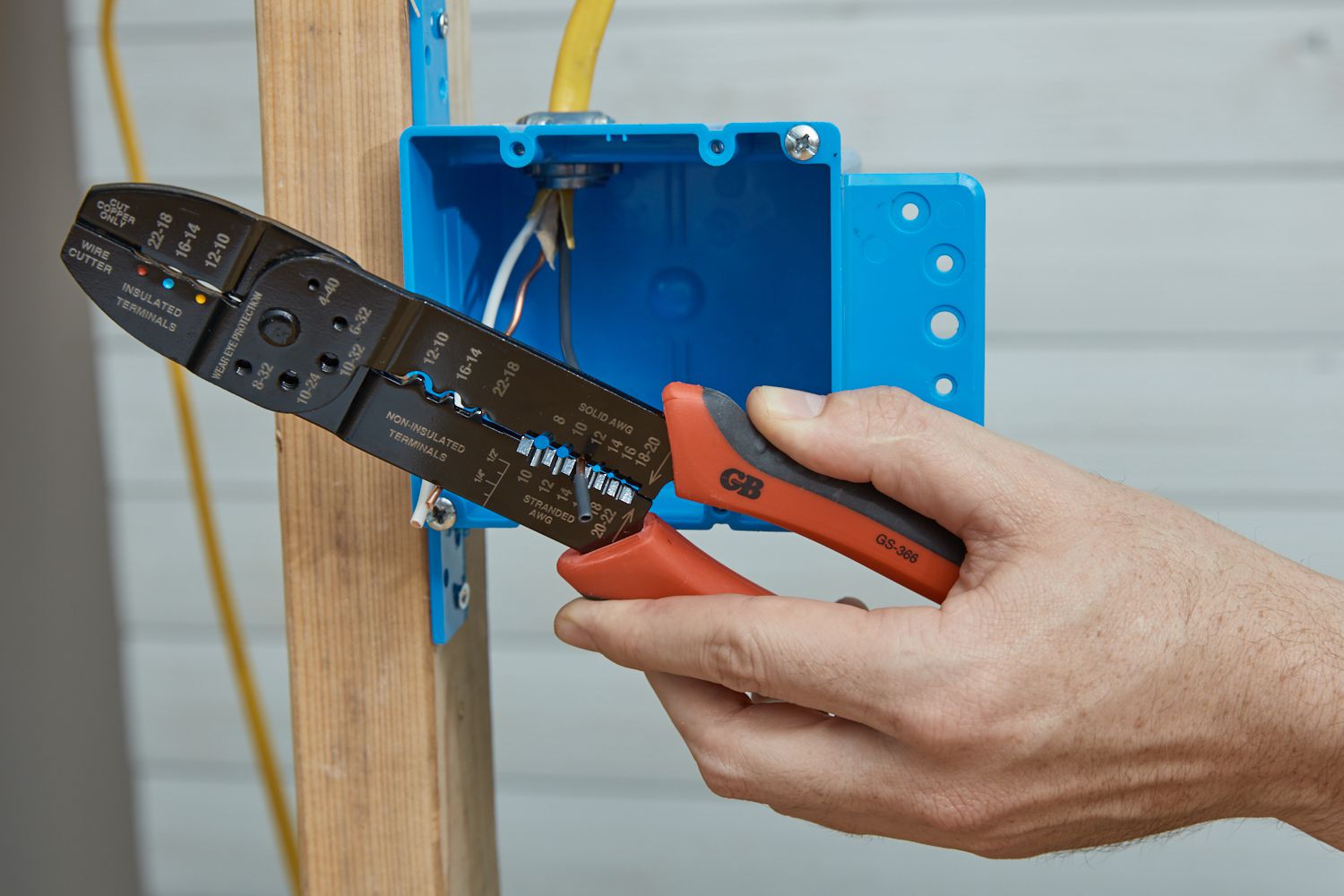

0 thoughts on “How To Organize Computer Cables”